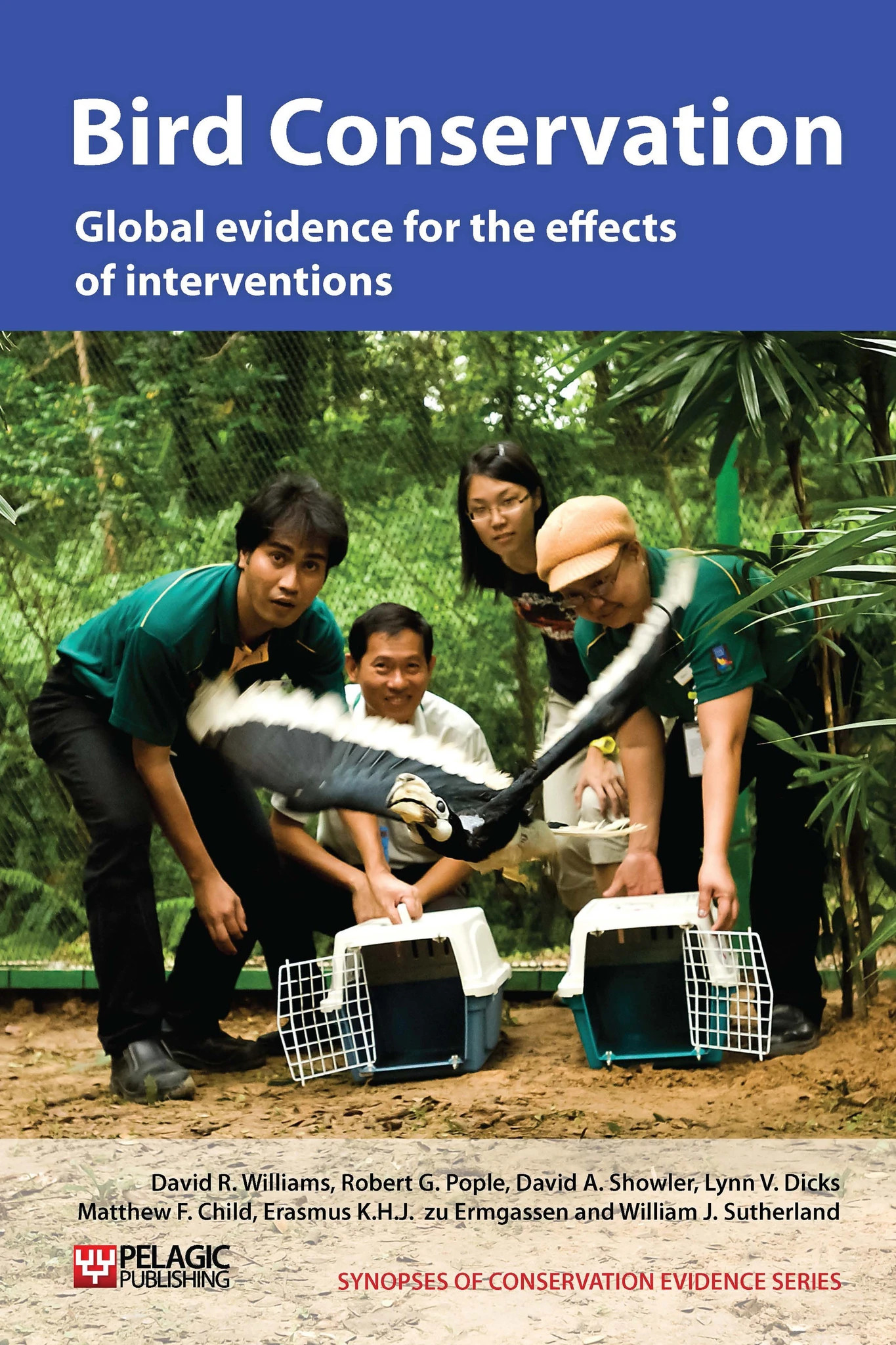Control predators not on islands for waders
-
Overall effectiveness category Awaiting assessment
-
Number of studies: 4
View assessment score
Hide assessment score
How is the evidence assessed?
-
Effectiveness
not assessed -
Certainty
not assessed -
Harms
not assessed
Study locations
Supporting evidence from individual studies
A controlled before-and-after study at a site in east Scotland in 1981-9 (Parr 1993) found that nesting success for three out of six wader species was significantly higher in years when avian predators were controlled, than in years with no control. Success was higher for curlew Numenius arquata (26% of 79 nests vs. 82% of 50), redshank Tringa tetanus (0% of 14 nests vs. 75% of 20) and lapwing Vanellus vanellus (29% of 88 nests vs. 75% of 49), but not for golden plover Plucialis apricaria (0% of eight nests vs. 0-54% of 21), snipe Gallinago gallinago (32% of 11 nests vs. 57% of 32) or oystercatcher Haematopus otralegus (0% of 22 nests vs. 29% of 16). Nesting success for golden plover and oystercatcher was higher in a control site with no predator control. The proportion of golden plover nests predated by crows and gulls fell between 1981-5 and 1986-9, but red foxes Vulpes vulpes predated all nests from 1987-9. Carrion crows Corvus corone and common gulls Larus canus were controlled with alpha-chloralose treated eggs.
Study and other actions testedA review of management at a coastal wetland in Bouches-du-Rhône, France (Martos & Johnson 1996) described the culling of yellow-legged gulls Larus cachinnans from 1960 until 1980. However, the impact of culling on greater flamingo Phoenicopterus roseus populations could not be separated from that of other management interventions, discussed in ‘Provide artificial nest sites’, ‘Use decoys to attract birds to safe areas’ and ‘Manage water levels in wetlands’.
Study and other actions testedA replicated before-and-after study on beaches in Monterey Bay, California, USA (Neuman et al. 2004), found that the proportion of snowy plover Charadrius alexandrinus nests lost to predation each year fell from an average of 28% of 833 during 1984–1992 to 9% of 577 during 1993–1999 following the initiation in 1993 of predator removal targeting red foxes Vulpes vulpes and feral cats Felis catus. This study also used predator exclosures and is discussed in more detail in ‘Physically protect nests with individual exclosures/barriers’, ‘Can nest protection increase nest abandonment?’ and ‘Can nest protection increase predation of adult and chick waders?’.
Study and other actions testedA replicated, controlled trial at 13 lowland wet grassland sites in England and Wales between 1996 and 2003 (Bolton et al. 2007) found no overall increase in the success of 3,139 northern lapwing Vanellus vanellus nests during four years with predator control, compared to four years without. However, when differences in initial predator densities were accounted for, control did improve survival, having a greater impact at sites with higher predator densities. At two sites where predators were controlled for all eight years, nesting success was not significantly different from the 11 other sites. Predators were red fox Vulpes vulpes and carrion crow Corvus corone, with average declines of 40% for foxes and 56% for crows.
Study and other actions tested
Where has this evidence come from?
List of journals searched by synopsis
All the journals searched for all synopses
This Action forms part of the Action Synopsis:
Bird Conservation
Bird Conservation - Published 2013
Bird Synopsis





)_2023.JPG)














